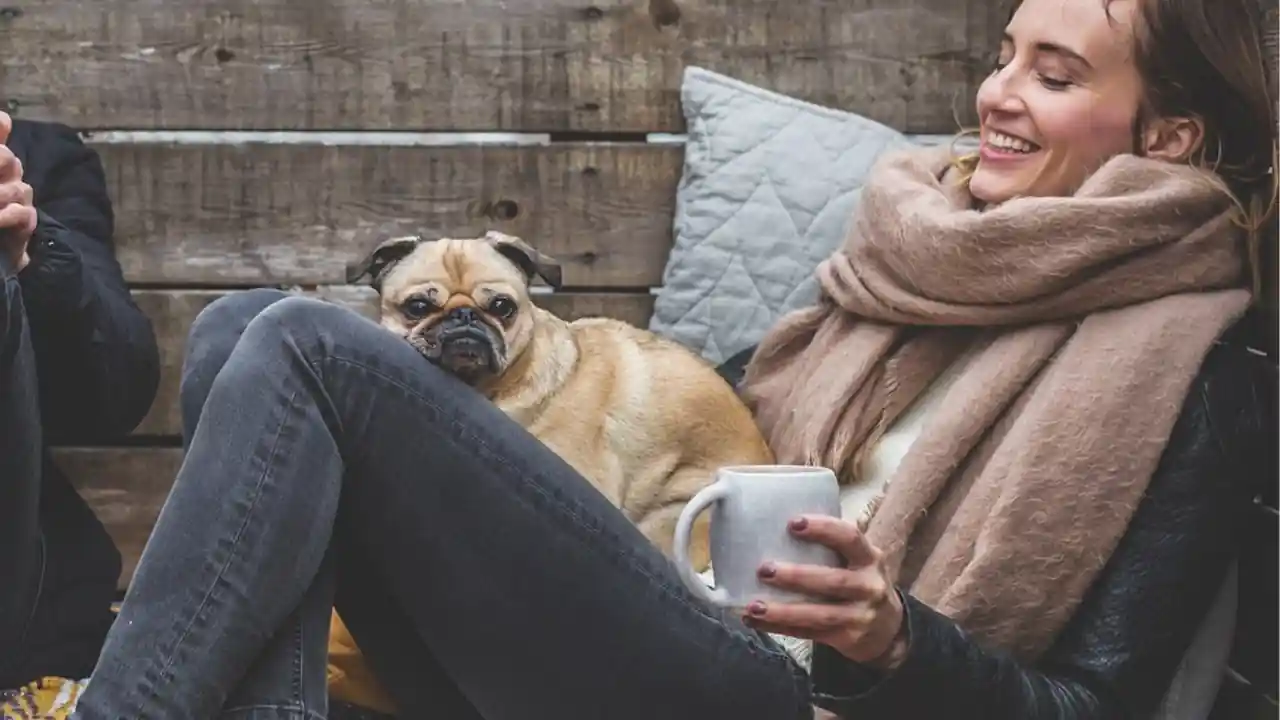Introduction:

Dogs are not just pets; they are part of our families. As responsible pet owners, it is our duty to provide them with a safe and secure environment. While outdoor safety measures are important, creating a safe indoor environment for your dogs is equally crucial. In this article, we will explore the significance of creating a safe environment for your dogs indoors and provide you with some valuable tips to dog-proof your home.
Safe Dog Environment:
As a dog owner, ensuring a safe environment for your furry friend is paramount. Dogs, by nature, are curious and active creatures. They love exploring their surroundings and can sometimes get themselves into trouble. By taking some proactive steps, you can minimize the risks and create a safe haven for your dogs indoors.
Indoor Pet Safety Tips:
Here are some important tips to consider when it comes to indoor pet safety:
1. Securing Hazardous Items:
Just like you would toddler-proof your home, it is essential to dog-proof it as well. Store household cleaning products, medications, and chemicals in secure cabinets or high shelves. Dogs are known to be excellent jumpers, so make sure these hazardous items are out of their reach. Additionally, keep electrical cords concealed or covered to prevent your dog from chewing on them.
2. Toxic Plants:
Certain houseplants can be toxic to dogs if ingested. Research which plants are pet-friendly and keep them out of your dog’s reach. Common plants like lilies, azaleas, and philodendrons can be poisonous and cause various health issues. Consider opting for dog-friendly alternatives such as spider plants, Boston ferns, or ponytail palms.
3. Secure Trash Bins:
Dogs have an incredible sense of smell and can be attracted to the odors coming from your trash bin. Invest in a sturdy trash can with a tight-fitting lid or store it in a cabinet to prevent accidental ingestion of harmful substances. Dispose of hazardous waste properly, including food scraps, sharp objects, and toxic substances.
4. Unleashing Hazard-Free Zones:
Designate specific areas in your home where your dog can roam freely without any risk. For example, keep your kitchen off-limits to your furry friend, as it often contains hot surfaces, sharp objects, and potentially toxic foods. Creating a safe haven for your dog can give you peace of mind when you cannot supervise them.
5. Stair Safety:
If you live in a multi-level home, stairs can pose a potential hazard for your dog. Install a sturdy baby gate or a pet gate at the top and bottom of the staircase to prevent falls or accidents. This becomes especially important if you have a small or elderly dog who may struggle with climbing stairs.
Dog-Proofing Your Home
In addition to implementing safety measures, dog-proofing your home involves making modifications to ensure your dog’s safety and well-being. Here are some essential steps to dog-proof your home:
1. Crate Training:
Crate training provides a safe and secure space for your dog when you are unable to supervise them. Dogs have a natural denning instinct and often find comfort in their crates. Ensure the crate is spacious enough for them to stand, turn, and lie down comfortably. Introduce positive associations with the crate through training and never use it as a form of punishment.
2. Store Food Properly:
Dogs are notorious for their ability to sniff out food. Securely store all human and pet food in airtight containers to prevent your dog from helping themselves to an unscheduled feast. Discard any spoiled or expired food promptly as it can lead to digestive issues or even poisoning.
3. Relocate Fragile Items
Delicate items, such as glassware or fragile decorations, can easily be knocked over by an excited dog’s wagging tail or playful antics. Consider relocating these items to higher shelves or display them in areas your dog cannot access. This will prevent accidents and save you from the heartbreak of losing sentimental or expensive possessions.
4. Protect Your Furniture:
Dogs may find cozy comfort on your furniture, but their sharp claws and playful nature can cause damage. Protect your furniture by using washable, pet-friendly covers or invest in dog-friendly furniture specifically designed to withstand the wear and tear of your furry friend. Provide alternative comfortable spots for your dog, such as dog beds or blankets.
5. Install Childproof Latches:
Just like small children, dogs are naturally curious and love to explore cabinets and drawers. Install childproof latches on cabinets that contain potentially harmful items, such as cleaning supplies or sharp objects. This simple measure can prevent accidents and keepyour dog safe from ingesting harmful substances.
6. Secure Windows and Doors:
Ensure all windows and doors are securely closed and cannot be easily pushed or nudged open by your dog. Use window screens and install childproof locks or pet-friendly security measures to prevent your dog from escaping or injuring themselves by attempting to go outside unsupervised. Remember, dog-proofing your home is an ongoing process. Regularly assess your environment for any potential hazards and make necessary adjustments to keep your furry friend safe and happy. Creating a safe environment for your dogs indoors not only ensures their physical well-being but also contributes to their overall happiness and emotional stability. By implementing these safety measures and dog-proofing tips, you can provide your dogs with the freedom to explore and play without compromising their safety.
Conclusion:
As responsible pet owners, it is our responsibility to prioritize the safety and well-being of our furry companions. Investing time and effort into creating a safe environment will ultimately lead to a harmonious and loving relationship with your dog. So, take the necessary steps today and create a safe haven for your beloved pets within the comforts of your home.
